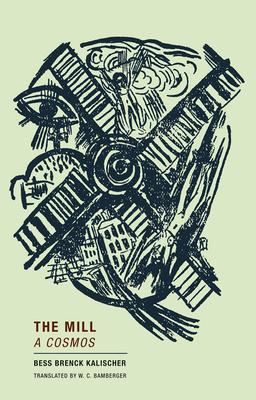The hallucinatory English-language debut of an overlooked German Expressionist poet
Bess Brenck Kalischer's only work of prose was first published in German in 1922. Narrated by a woman being held in a sanitarium after a mental breakdown, The Mill is less a novel than a rhythmic, hallucinatory and fractured sequence of prose poems. On its publication, the German author Mynona described it as "more a mill, a cosmos flower, a lyricism and romantic spell than it is a 'novel.'" Shifting from pedestrian concerns to cosmic visions, from the setting of a basement mushroom farm to scenes on Sirius, Kalischer's narrator weaves together literary satire, anguished dream states and shifting subjectivities. As much Maldoror as Munchausen, The Mill describes an unstable journey to psychic restoration that is as radically experimental today as when it was first published a century ago.
Bess Brenck Kalischer (1878-1933) was born Betty Levy in Rostock. Although she began publishing her first poems in 1905, she began to make a name for herself as part of the second generation of German Expressionists in Dresden, cofounding the Expesstionistische Arbeitsgemeinschaft Dresden (Expressionist Working Group of Dresden) alongside such members as Conrad Felixmller. Later relocating to Berlin, she was a friend of Salomo Friedlaender/Mynona, who used her as a model in several stories and novels. She died of a "nervous disease" in 1933, her grave left without a headstone until 2014.
